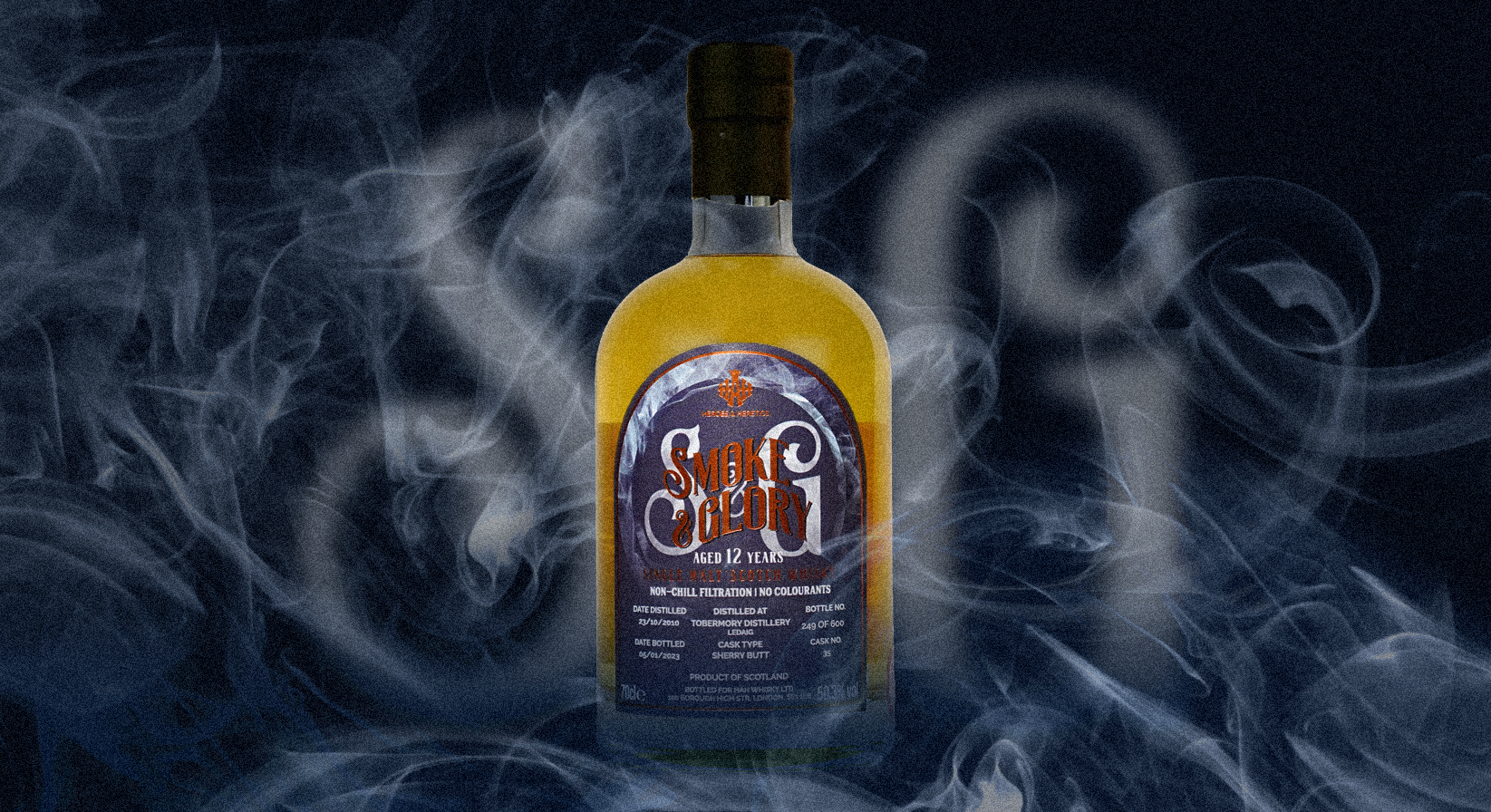My daughter (according to the definition given below) is a millennial. So, I thought it appropriate to ask her and her cohort about drinking whisky. I also allowed them access to my drinks cabinet. That might have been a mistake. It might have taken some time, but millennials are the new entrants to the workforce with money to spend and are discovering that whisky that I have always loved, is, in fact, cool, after all.
The term millennial is usually considered to apply to individuals who reached adulthood around the turn of the 21st century. The precise delineation varies from one source to another, however. Neil Howe and William Strauss, authors of the 1991 book Generations: The History of America’s Future, 1584 to 2069, are often credited with coining the term. Howe and Strauss define the Millennial cohort as consisting of individuals born between 1982 and 2004.
So, if you are a millennial in 2019, you can be 15 to 37. Here’s why I first think this term and all their beliefs, tendencies and definitions attached to millennials are best generalised. Especially when it comes to whisky. It makes sense to do some real-world research on real millennials.
The assumption is that they are kids and kids like sweet things. This belief continues to their drinks – they will be sweet, super-fruity and light in the body. They don’t want to think about it too much because their attention span is short. If they don’t like it straight away they won’t spend time on learning about its complex nature
These instant decisions brands include fashion to food, and, not surprisingly, whisky, which has been enjoying renewed popularity over other spirits over the past decade thanks to the adventurous palate of the high-spending 22-37-year-old demographic. My experiments with my tame crew of millennials reveal the same decision process. It is a swipe right or swipe left with nothing in-between.
I tried a few whiskies and a few stood out as instant hits. One of the brands enjoying growing rapport with the younger set is Chivas Regal, which satisfies millennials’ thirst to support and associate themselves with brands that can boast of a long history of excellence.
The test team seem to enjoy the smoothness and quickly understood the visual impact of the label and the bottle. It has a statement about where it comes from and what it will taste like.
Millennials appear to want things with credibility and heritage. Balancing this need is a desire to try new, innovative things, they also want brands that give back. Chivas has all that. It has a new (to them) and exciting taste and an instant hit at the core. It ticks a lot of boxes for millennials.
Authenticity is one attribute that Scotch whiskies in general and Chivas Regal can lay claim to, considering that Scotland imposes stringent guidelines on manufacturers, to make sure that every bottle of whisky that comes out of the distilleries have the right to call itself Scotch whisky. These rules cover the ingredients that go into making whisky as well as the process. When the bottle says aged 12 years, then it must indeed be aged for at least that long.
It is a guarantee to the millennial consumer that when they buy their bottle that says Scotch whisky, then they have the confidence that that is exactly what it is. These high standards of quality help explain the unquestionable popularity of Scotch whisky through the years, even against stiff competition from other countries that also produce whiskies such as Japan, Ireland and the United States.
The idea of sharing stories of success over finely crafted whisky is at the heart of various advertising and marketing campaigns to entice younger drinkers into the Chivas Regal fold as well as help keep regular drinkers loyal. It also diversified to include such innovations as Chivas Regal Mizunara and Chivas Regal Ultis.
These new tastes for millennial seem to have opened the doors and staying true to a proud tradition while remaining relevant in the age of change makes these efforts to endear itself to diverse markets that much more exciting.
I can perfectly understand, that, from a marketing point of view, you need to put people into categories to design specific products meant to appeal to them, even if a bunch of marketers keep arguing segmentation and demographics aren’t relevant anymore but that’s not the debate.
I asked my millennial tasting team whether they like their whisky to be light and simple. Their reaction was interesting. They said they have a taste for bold, heavy, rich and bitter drinks. It just need great packaging and be interesting and relevant.
They are right. The success of all the heavily-hopped IPAs, fancy complex cocktails, craft Gin (and new tonics) and the desire for peaty whisky is self-evident.
From their perspective, they see more and more millennials going for the real stuff, they don’t want half the experience anymore, they want it all, and they want it now. Instant gratification with an expectation of innovation.
Their generation seems to be attracted by the extremes. The watch extreme sport, enjoy extreme gaming violence and listen to extreme music. This all happens from a young age when they access their tablets and smart-phones. It makes sense that their drinking habits would be no exception to the rule. When my daughter got her friends over, the first thing they want to taste is a single malt, even when they have never enjoyed drinking whisky. Or maybe that’s just her having experimental friends with expensive tastes!


